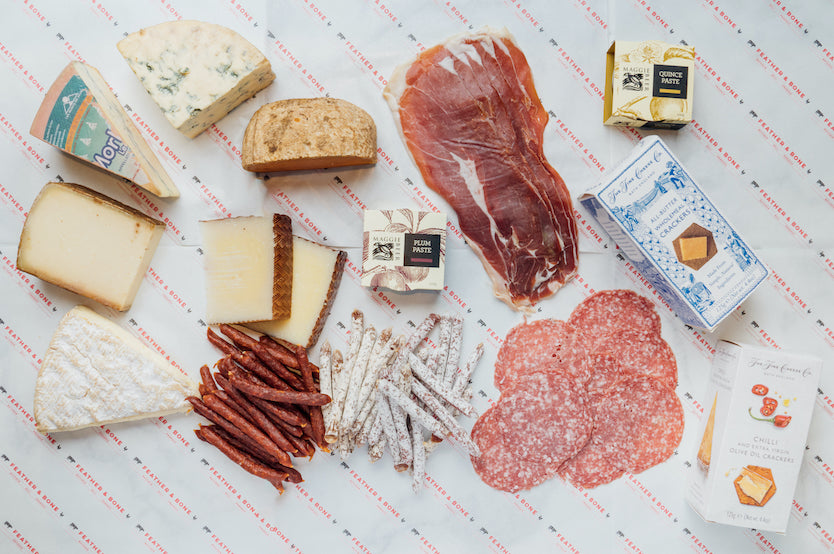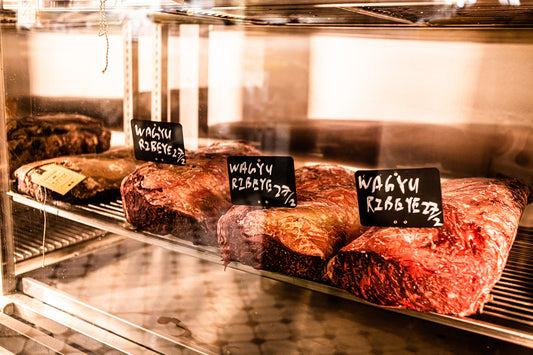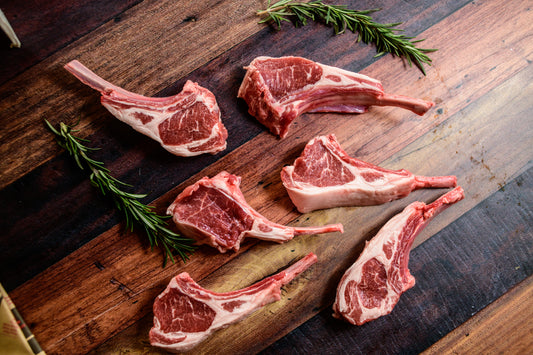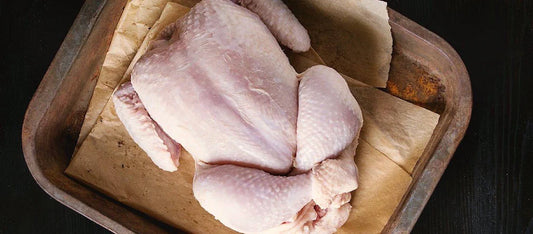
Crafting the Perfect Charcuterie Board
What is Charcuterie?
Charcuterie is the French term for cured meat, however it’s quite widely used in the English speaking world today. The tradition of charcuterie is just about as old as eating itself! As the supply of fresh food is never quite in step with the demand for it, ingenious methods evolved to preserve the gluts, often with very delicious results. Of course, this was long before refrigeration, so salt, vinegar, smoke and time were the main tools of the trade. The term now encompasses a wide variety of prepared meat products from all over the world, ranging from the very soft and delicate parfait and pâté, past ‘nduja, rillettes and terrine, to cured hams and cuts of beef and the expansive category salami. Head to our Charcuterie collection page for a closer look at all these delicacies.
What is a Charcuterie Board?
Basically, a charcuterie board (or charcuterie platter) is a collection of preserved meats and accompaniments served as a snack, starter or with drinks. In Italy, the same thing is a salumi platter, in England a ploughman’s lunch. It is an effortless way to feed guests as almost all the preparation has been done in-store. What’s left is the opening of a few packets and jars, some simple arranging, a little warming, or perhaps the making of a simple salad at the very most, but that’s really it. No special equipment (nothing more than a plate and a knife), no special skills, nearly no time. In fact, there’s nothing to stop you from preparing the platter right there at the table while you’re party is well underway.
Curating your selection
As virtually nothing is done to the products you serve, quality is of the utmost concern. Very little can enhance the flavour of a poor-quality ham or cheese, so steer clear of the discount isles here. Price is a fair indicator of quality here - truly skilled artisans do charge for their expertise, but shopping from a reputable delicatessen (Feather & Bone, for example!) and investing in some fine Italian or French charcuterie meats is a great way to know you’re getting on the right track.
Now, what to choose? To keep it interesting, try to include a range of textures and flavours. Have something spreadable, something sliceable and something ready to drape into your mouth. Something mild, something rich, something spicy and something smoked. For a small board, this could look like a jar of duck liver parfait, a robust, well-aged salami and some ribbons of prosciutto. These could nestle in amongst some pickled caperberries, a wedge of smoked cheddar, a dollop of cherry jam, all alongside a crusty baguette and a bread knife. Cheese and charcuterie work so well together, so a platter that makes space for both will be well received.
How much to serve
This is really personal, but the great thing is, preserved meats by their very nature will keep well should you (happily) over cater. So err on the side of generosity. A rule of thumb is 50g per person if it’s to be a starter, and double that and add more bread if it’ll be the main thing soaking up the wine. A couple will be well fed by two meats, a cheese, a pickle and some crakers. A party of eight will enjoy perhaps six meats, three cheeses and bread, crackers and some nuts and dried fruits. But just experiment, in this game of trial and error, the errors are just as delicious as the successes!
And to drink?
There is a lovely synergy between fatty foods and bubbles. The bubbles in a sparkling wine, beer or cider lift the fat from your palate, showcasing the flavours of the meat/cheese in a whole new light. The classic pairing actually is a sparkling red, the sweet leanings of a Lambrusco work so well with the ultra-savoury character of the charcuterie. And by that token, any off-dry drink work, a Reisling or Gewurztraminer, or a farmhouse cider. Champagne works with everything, and the saltiness of the platter as a whole is washed away by a crisp ale.



